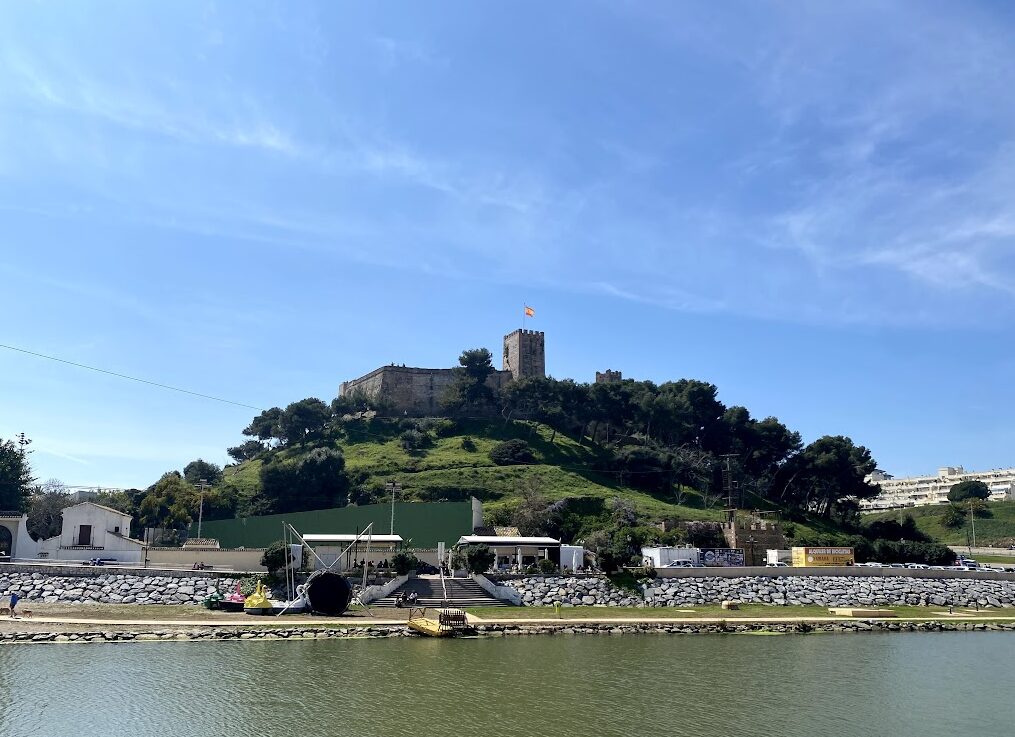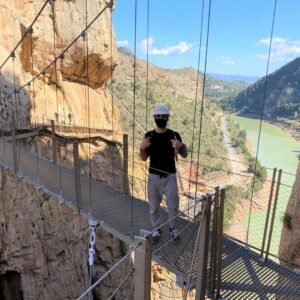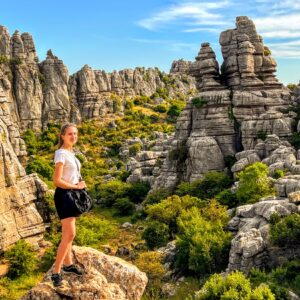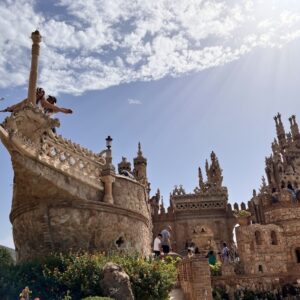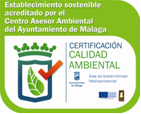Fuengirola


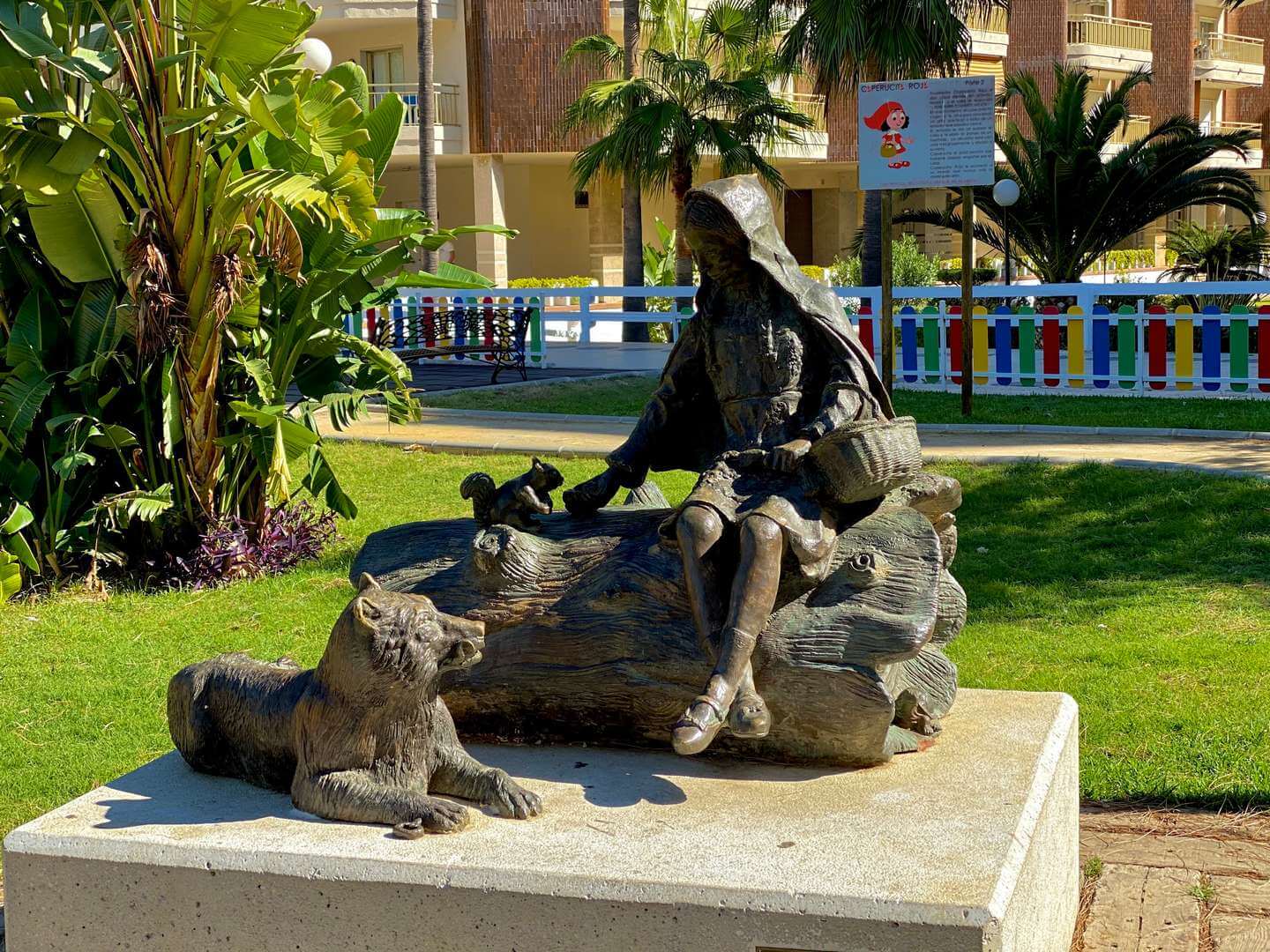
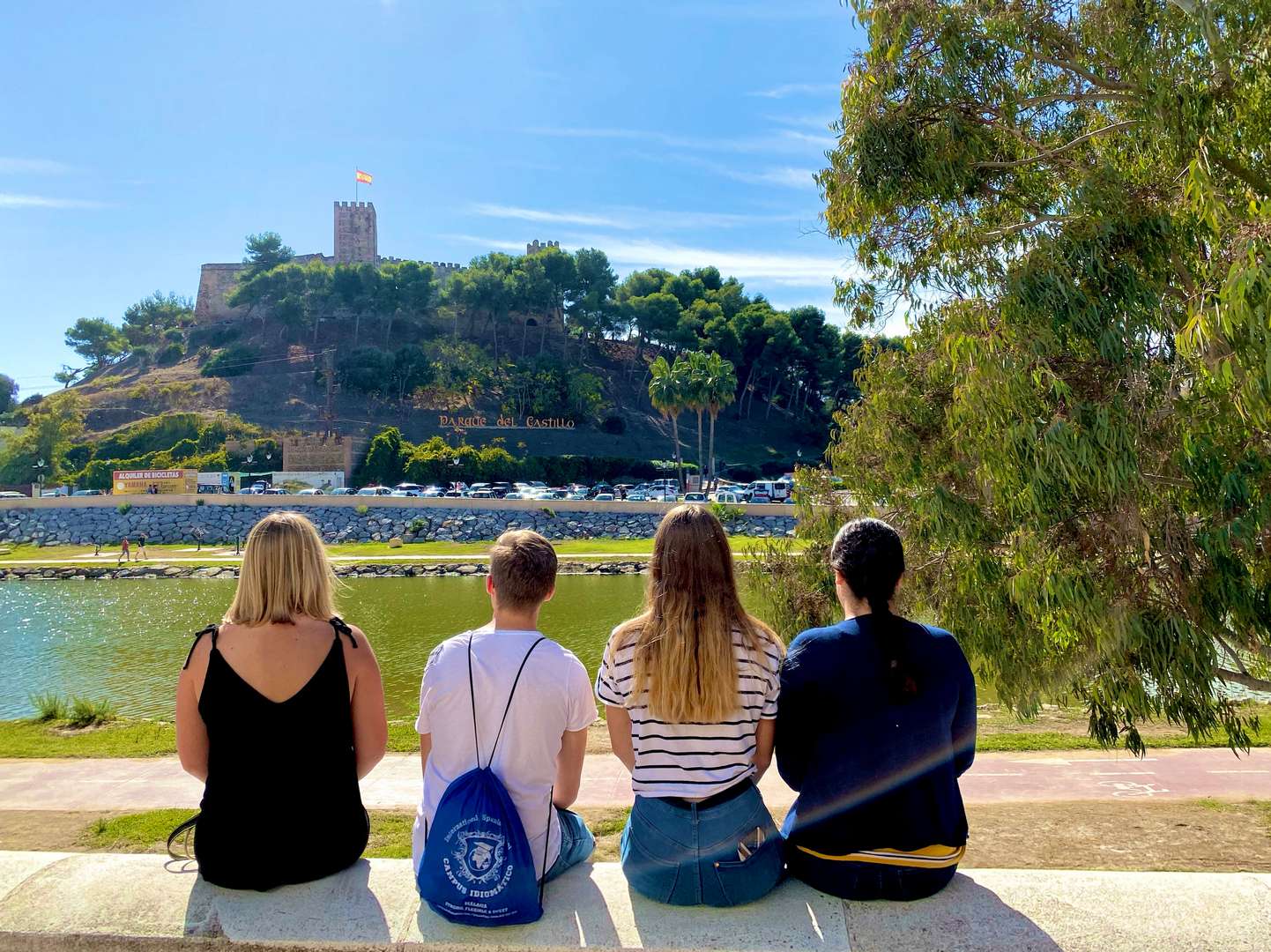
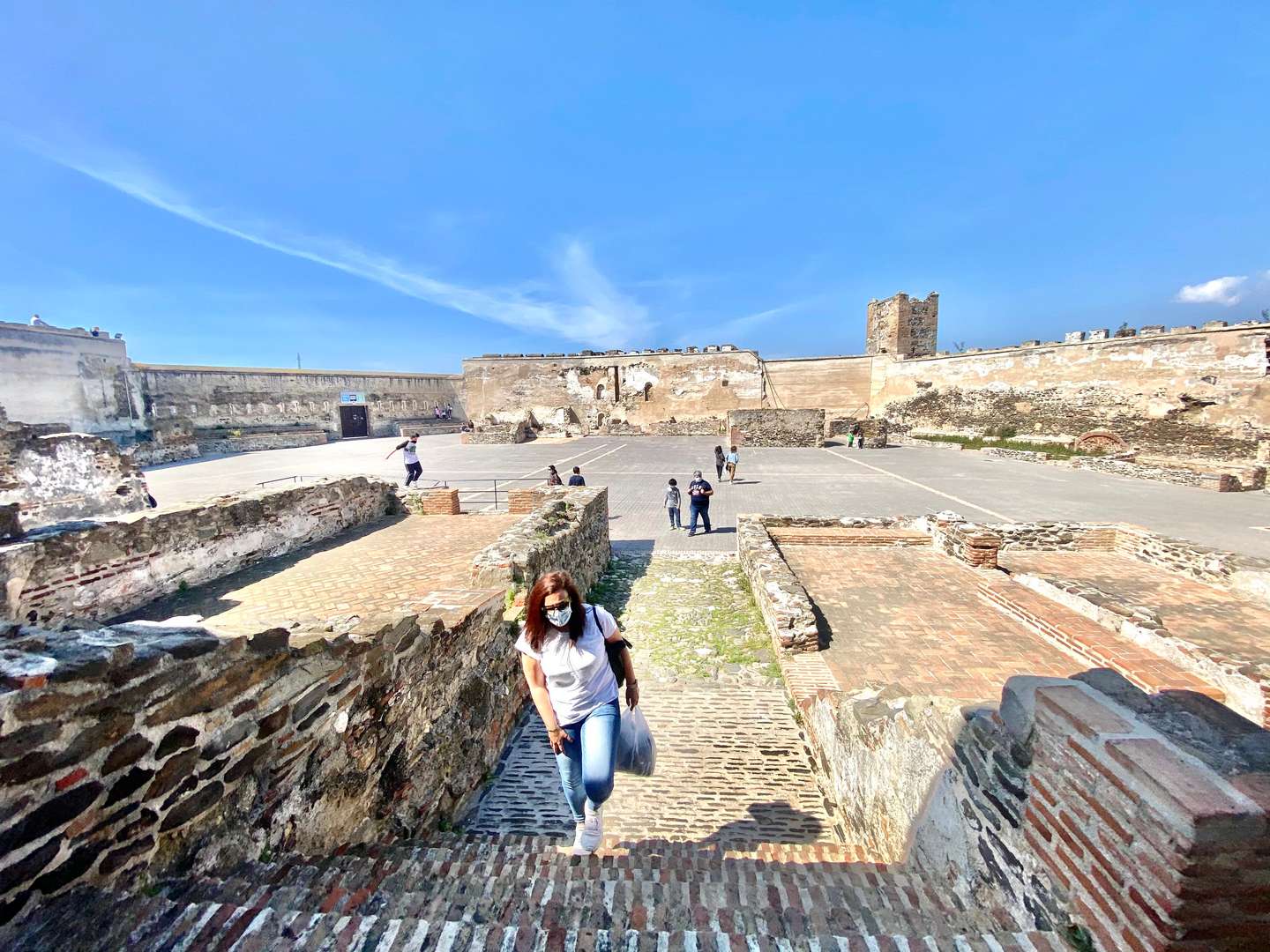
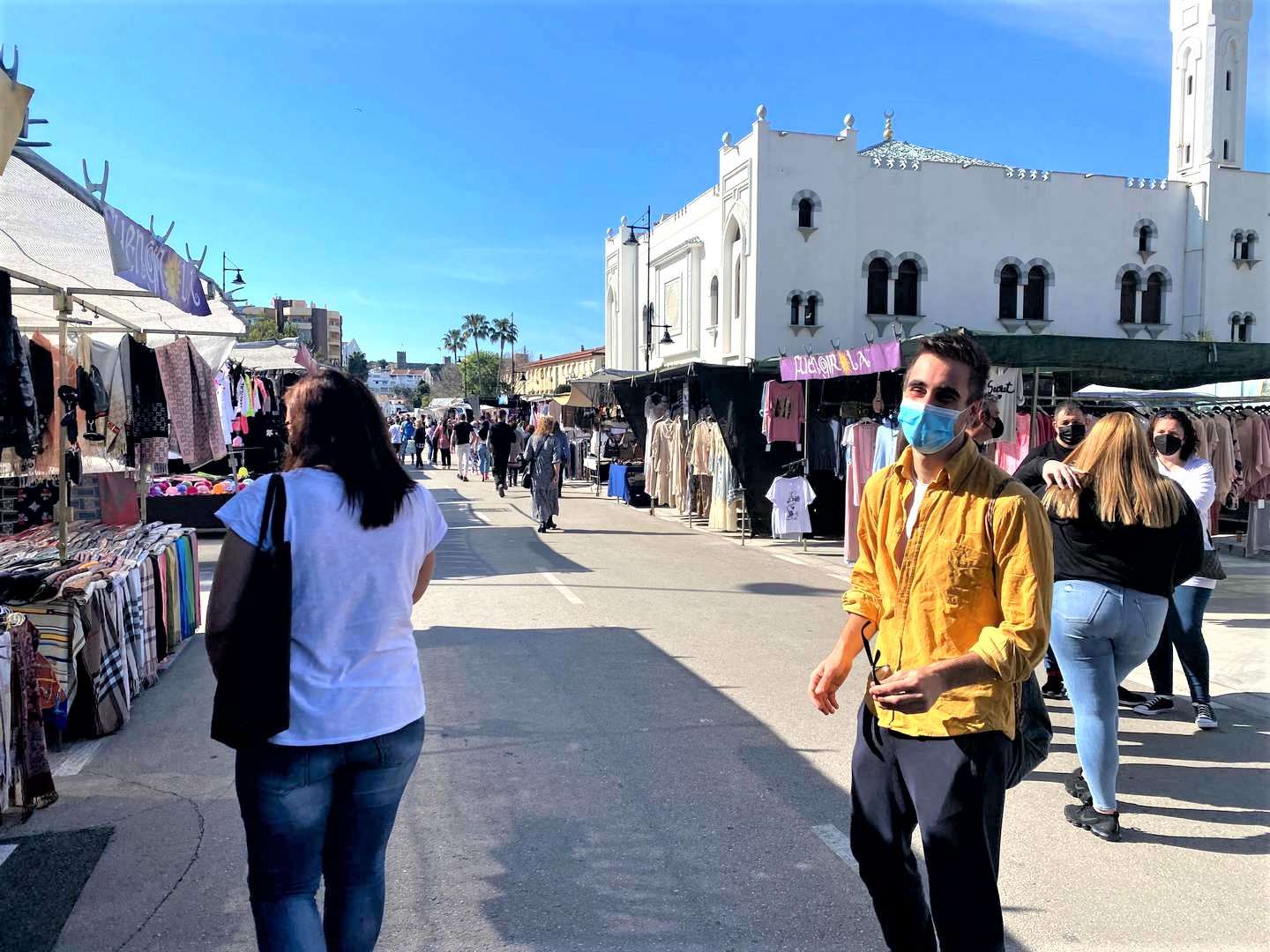


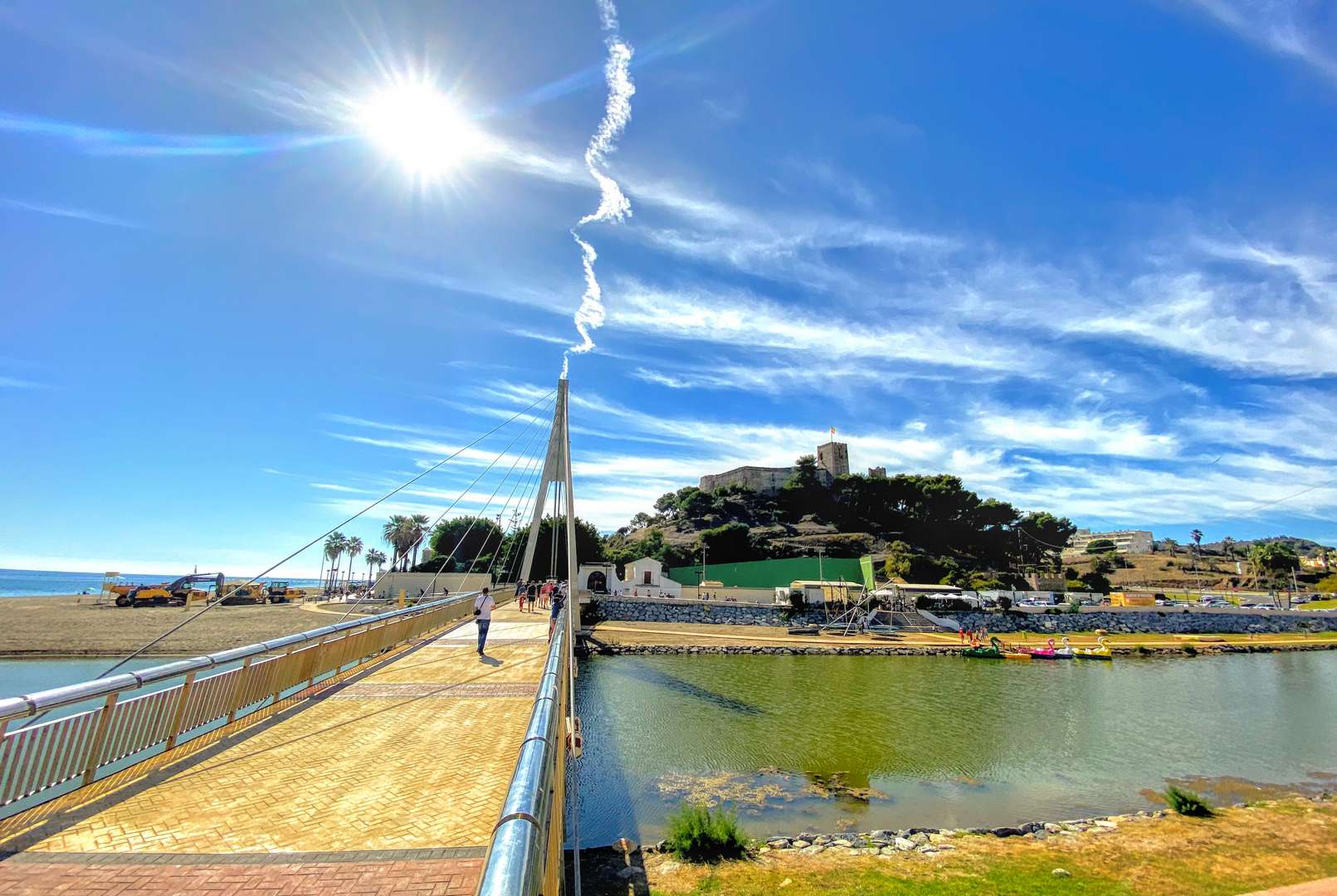

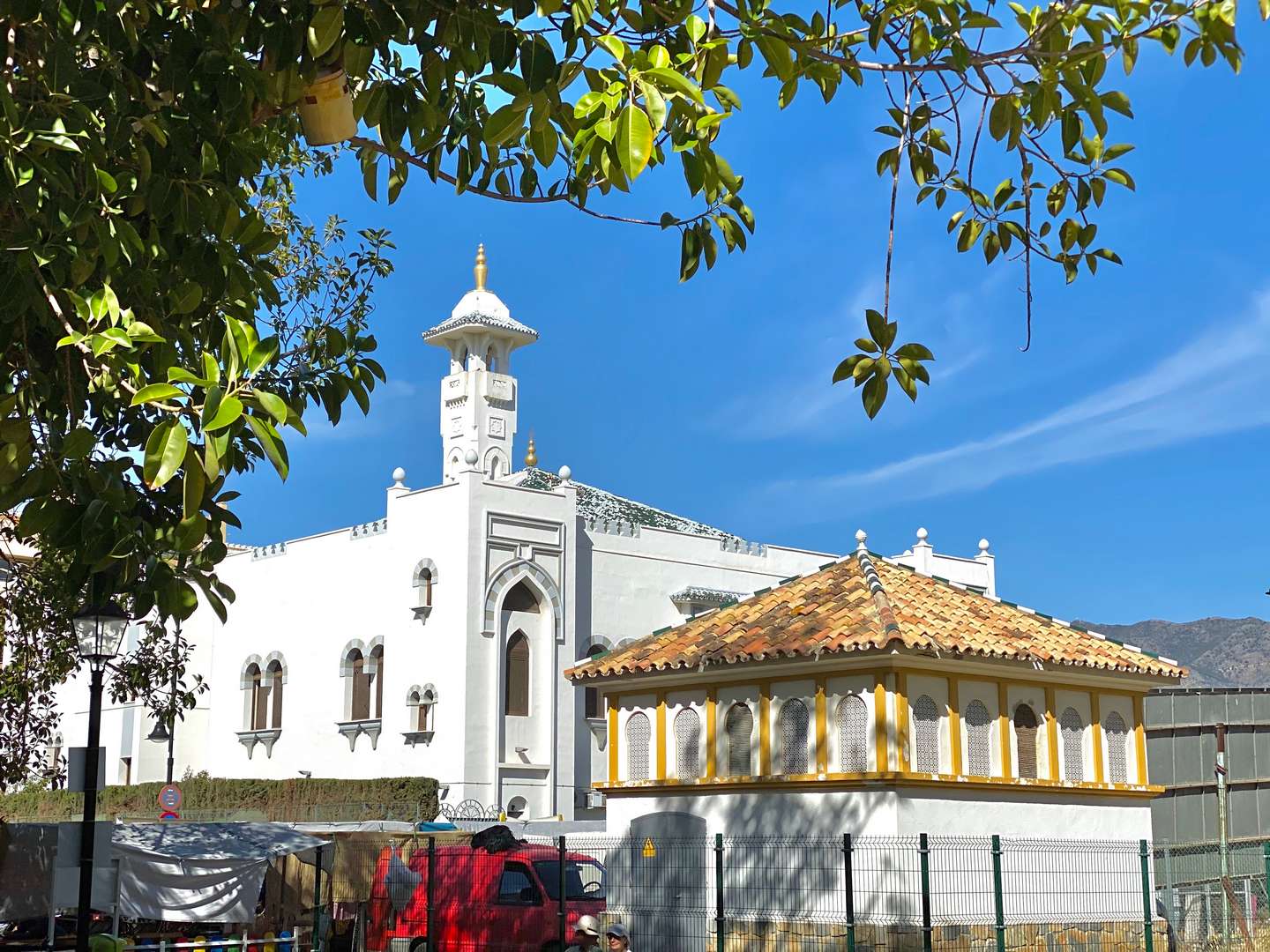


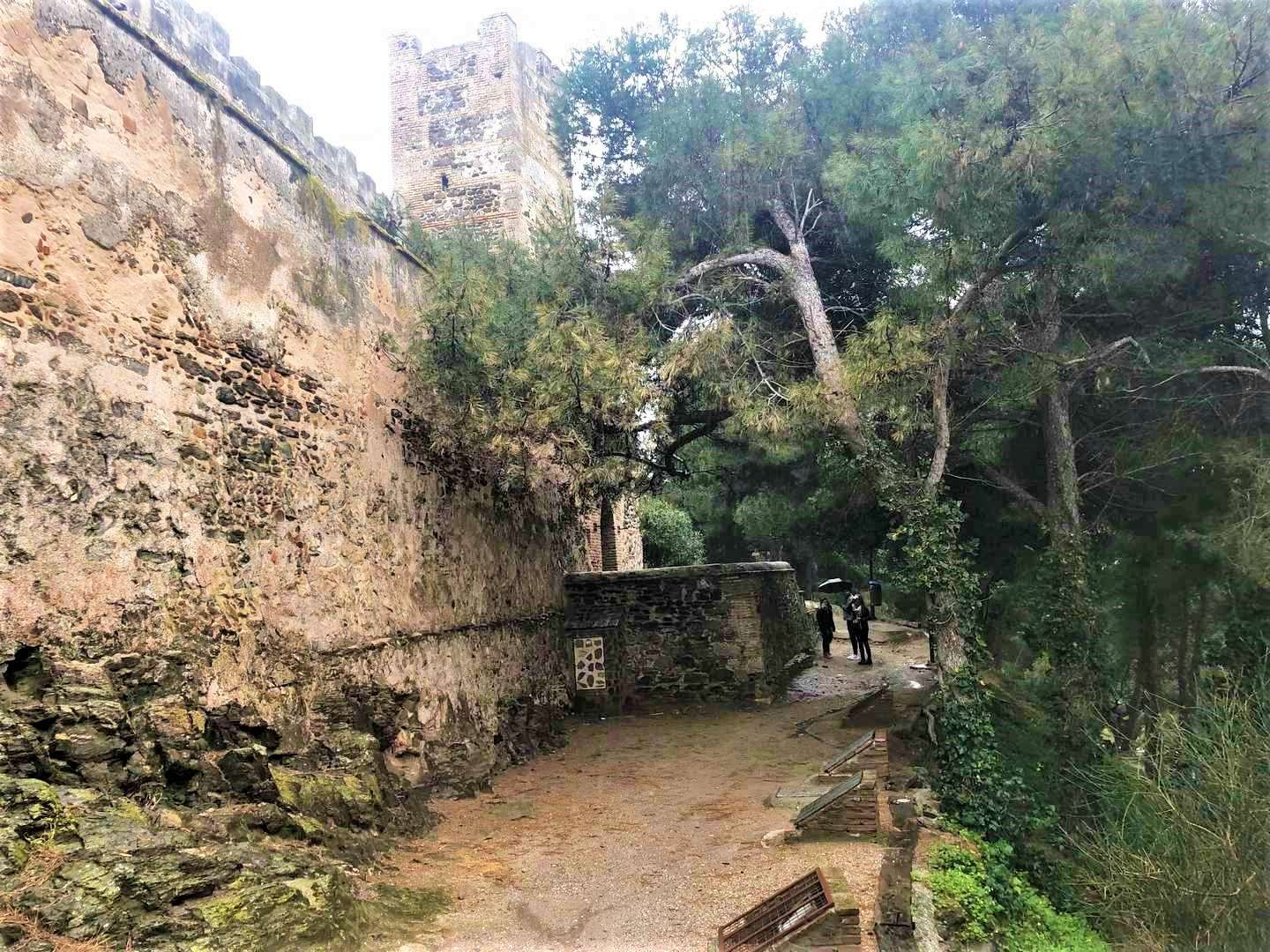














Going west through the picturesque region of Malaga, we will find a charming town called Fuengirola.
There, we will uncover the medieval fortress of Sohail, which was erected in the 10th century and nearly destroyed during the Christian conquest in 1485. It is perched on a tiny, isolated hill 38 meters above sea level. From there, we’ll cross the suspension bridge over the Fuengirola River to the market held around the mosque.
After visiting Fuengirola, we will head to Mijas, a typical white Andalusian village, especially known for its donkey taxis, small alleyways, colorful flower pots, and hundreds of flowers that cover the balconies of the white buildings.
From May to September we also have opportunity to visit Fuengirola water park, where we always have lots of fun during hot summer days!
More Activities
Contact us

Calle Córdoba, 6, locales 102-103.
29001 Málaga
Phone: +34 951.38.01.57
WhatsApp: +34 607531945
Menu
Copyright 2025 © Campus Idiomático
All Rights Reserved

